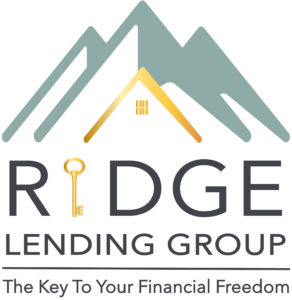 Just as a great deal of planning goes into crafting a business plan, so too must an equal amount go toward preparing a solid exit strategy. By having a robust exit plan, you can hedge against the occasional bad purchase and maximize the total return on your investment when the time comes to divest.
Just as a great deal of planning goes into crafting a business plan, so too must an equal amount go toward preparing a solid exit strategy. By having a robust exit plan, you can hedge against the occasional bad purchase and maximize the total return on your investment when the time comes to divest.
The more exit strategies you can come up with, the more control you may have over external forces. For instance, if you purchase a house to flip and find yourself stuck with a property you cannot sell at a profit, you may rent it out instead and protect your investment.
In real estate investing, you should hold on to properties that best suit your goals and divest yourself of those that do not. When formulating goals, make sure to follow the time-honored S.M.A.R.T. model, which stands for goals that are Specific, Measurable, Attainable, Realistic and have a Timeframe.
When divesting, the best way to go about it is to spread the sale of your properties over a number of years so as to minimize capital gains taxes. If possible, try to sell assets that are at least a year old so you can qualify you for the long-term capital gains tax rates instead of short-term capital gains tax rates. In addition, by strategically harvesting gains in certain tax years, you can potentially reduce your tax liability. Many investors will purposefully await years in which they fall into a lower tax bracket to realize capital gains on their investments.
Here are some common property investment exit strategies:
Sell and Walk Away: If you go this route, keep in mind that you’ll be looking at capital gain taxes. Investors who can bide their time are more likely to maximize returns as they are able to harvest tax gains, make improvements and repairs to increase home value, and take advantage of favorable market conditions.
1031 Tax Deferred Exchange: To minimize capital gains taxes, some investors opt for a 1031 exchange and move all of their equity into a like-kind property. Like-kind properties are real estate assets of a similar nature that can be exchanged without incurring any tax liability under Section 1031 of the Internal Tax Code.
Lease Option: A lease option is an agreement that gives a renter a choice to purchase the rented property during or at the end of the rental period. This is a great option for investors who want to exit an investment in the near future but do not want to rush.
Seller Financing: Seller financing is a real estate agreement where financing is provided by the seller instead of a traditional bank or lender. These arrangements typically include a down payment of at least 30% and a balloon payment due from two to five years. While it allows move a home faster and get significant return on the investment, it is not without its risks. A buyer may default on the payment forcing you to take the property back.
Cash-Out Refinance: If you have equity in a home, a Cash-out Refinance is a method you might consider that allows you to both refinance your home and borrow money at the same time. A cash-out finance replaces your existing mortgage with a new loan with a higher balance, sometimes with more favorable terms. The difference goes to you in cash so you can perform upgrades to your home, consolidate debt, or for other financial reasons.
Do you have any questions about real estate investing? RLG has the tools and experience to guide you with your personal and investment properties. Call us today to learn more and experience firsthand the dedicated, personalized customer service and undivided attention that RLG has to offer!


